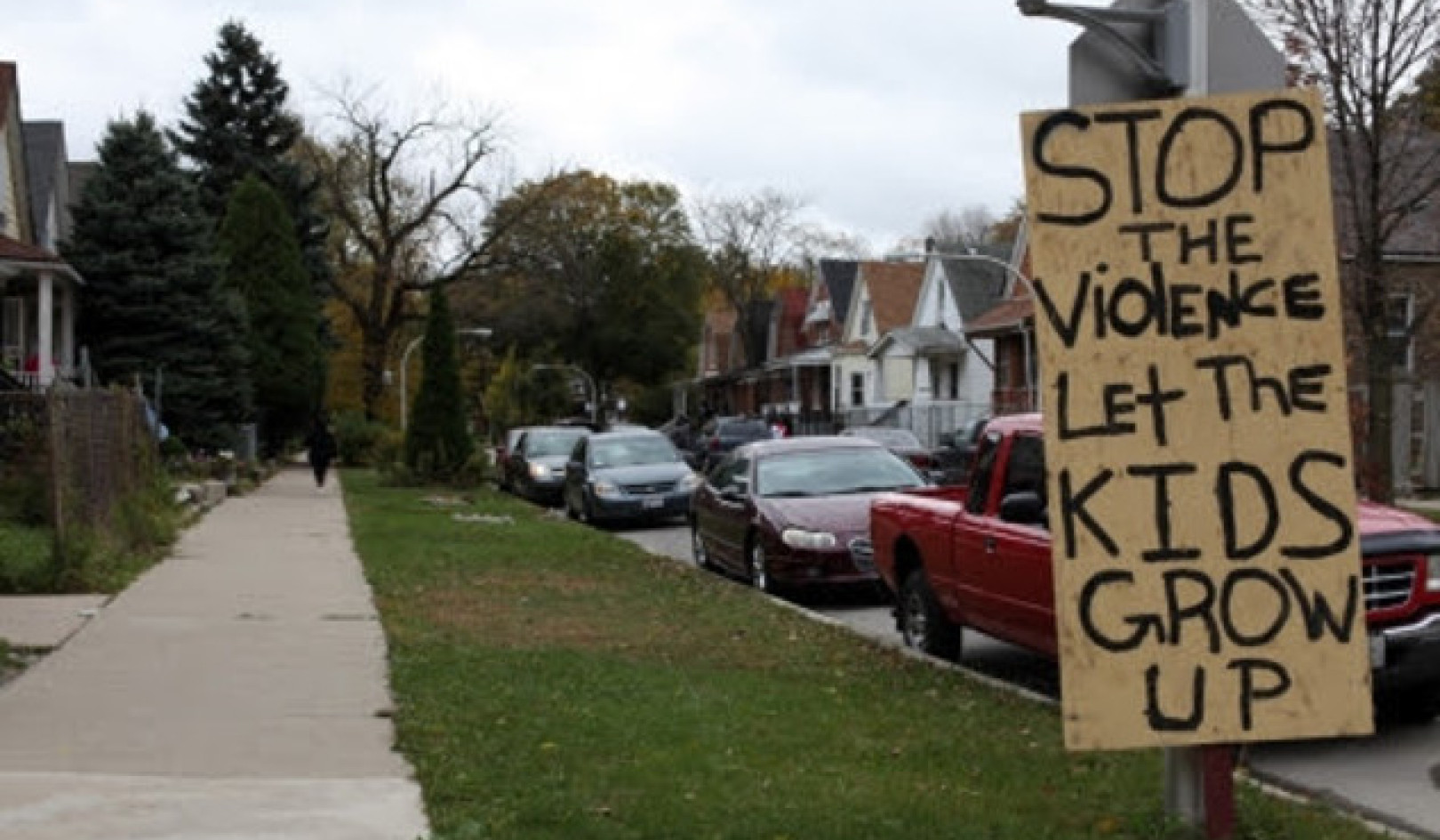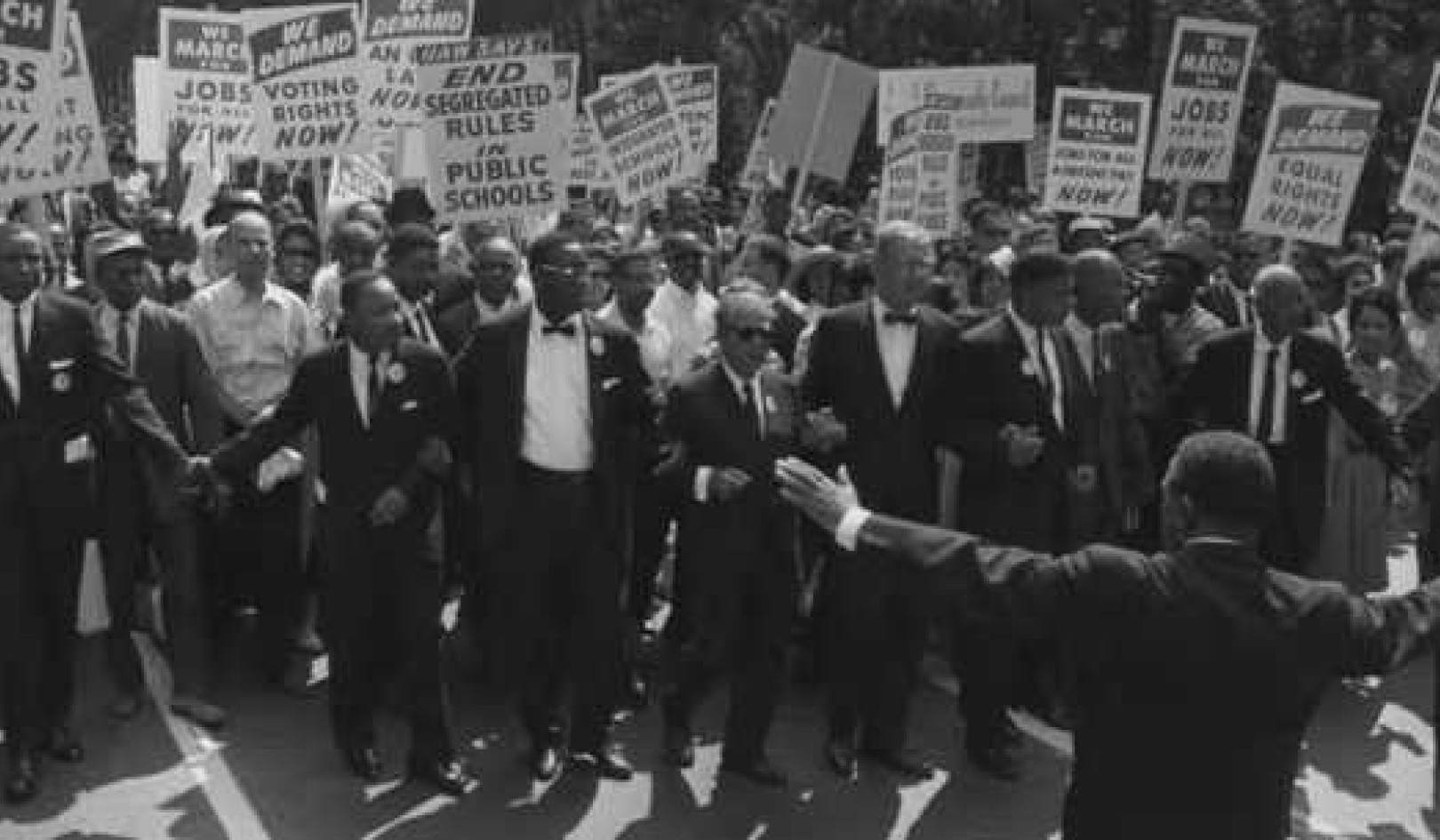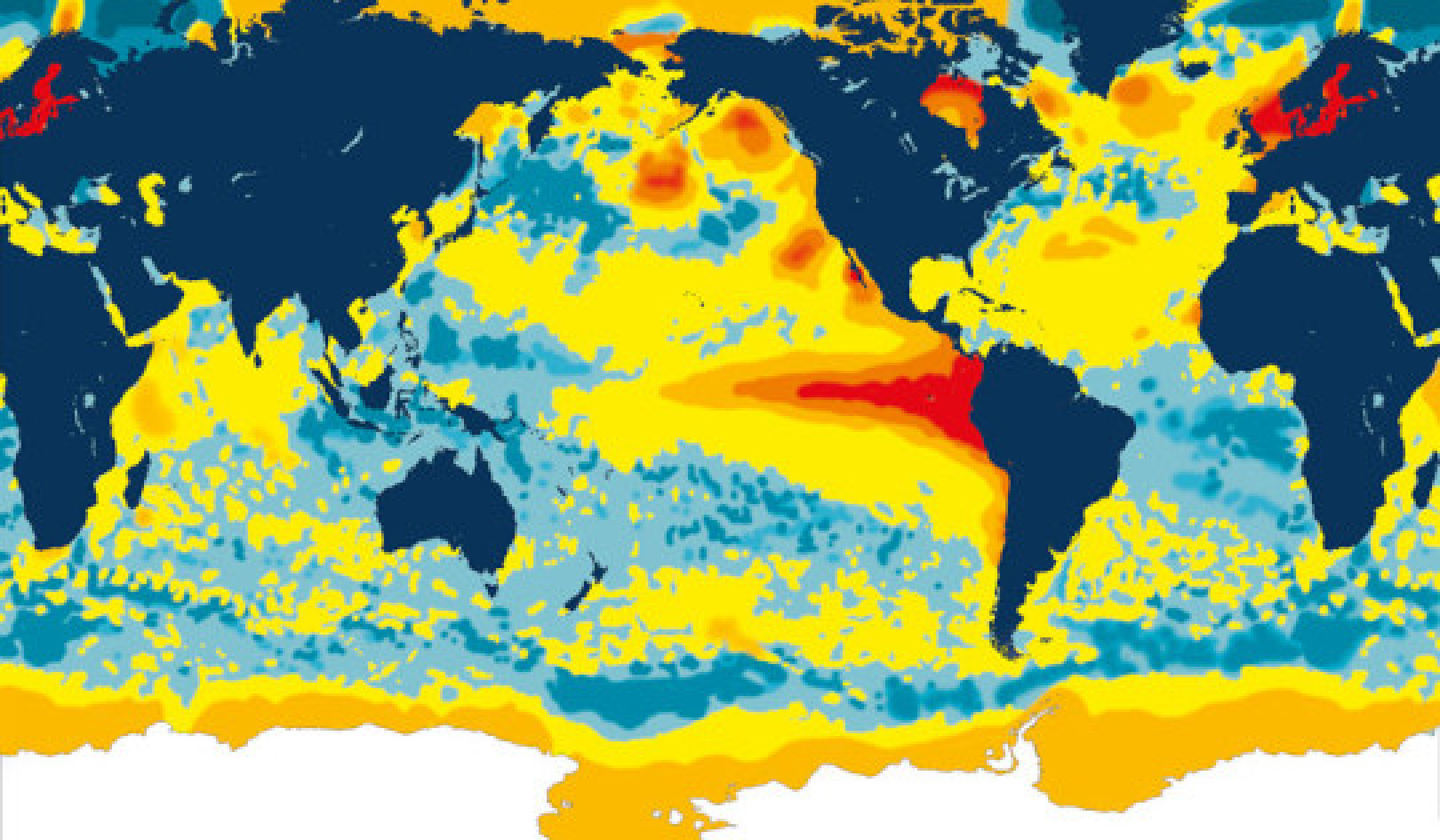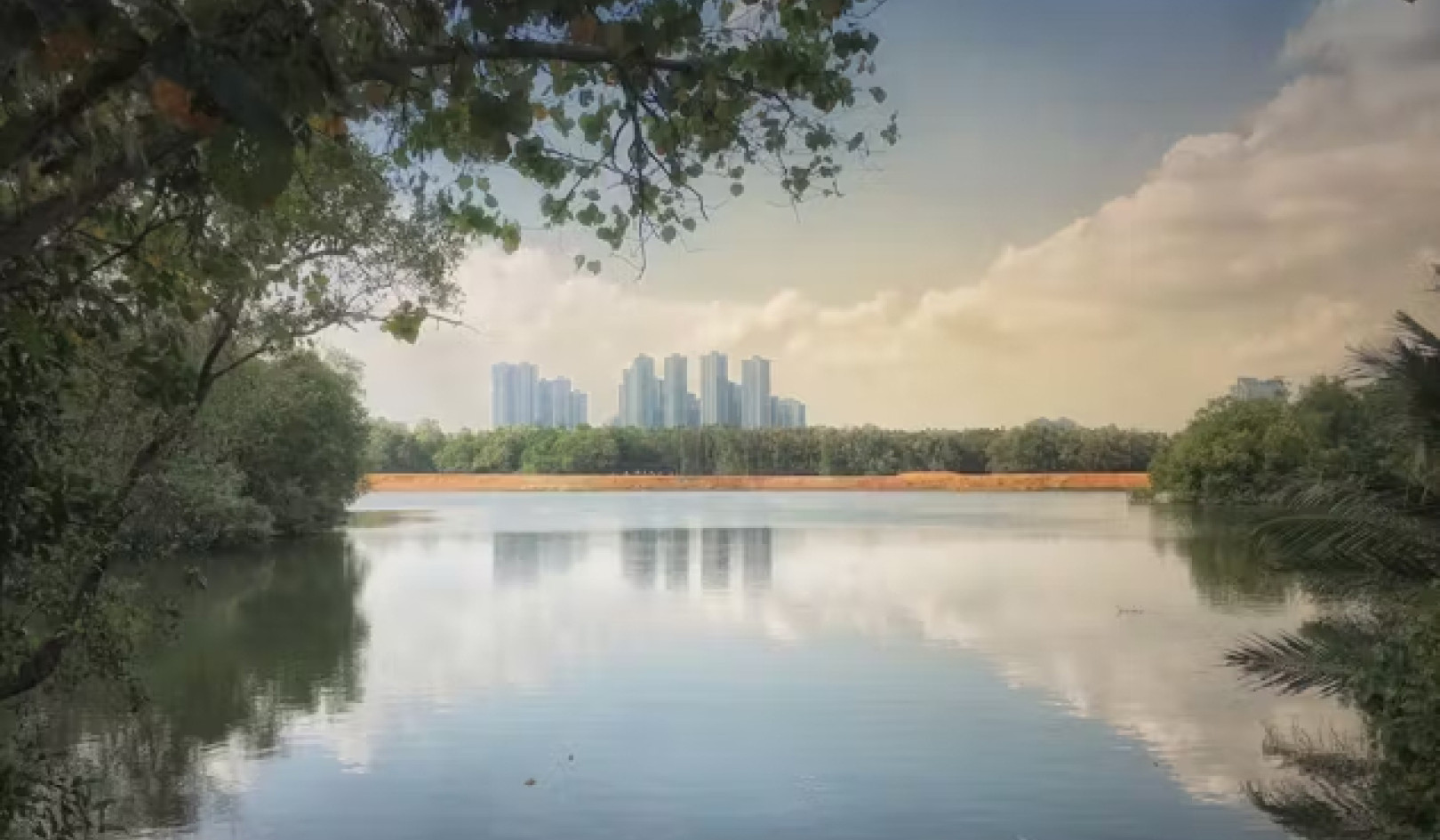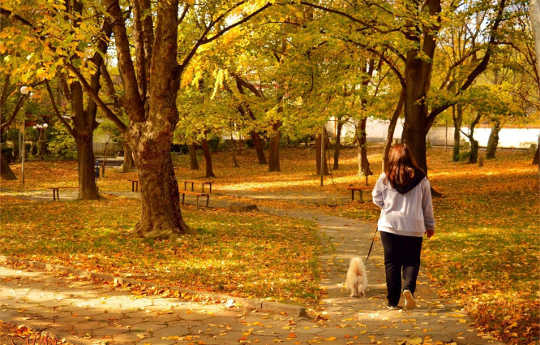
There is a scientific reason that humans feel better walking through the woods than strolling down a city street, according to a new paper.
The authors examined the question: “What happens in your brain when you walk down the street?” and they conclude that urban environments are not pleasing to the human brain.
The reason is the lack of fractals in modern architecture and spaces. Fractals are patterns that self-repeat at different scales, and they can be found all over nature in objects like trees, rivers, clouds, and coastlines.
Because of this prevalence of natural fractals, the human brain has evolved to respond favorably to fractals, and to do so in the blink of an eye. The human brain only needs 50 milliseconds to detect the presence of fractals.
“As soon as we look at nature, it triggers a cascade of automatic responses,” says physicist Richard Taylor of the University of Oregon. “Even before we’ve noticed what we’re looking at, we’re responding to it.”
And the response is a positive one. Humans experience less stress and better well-being when looking at nature, and this is driven by fractals. Taylor’s research has found that fractals can reduce stress and mental fatigue for the observer by as much as 60%.
Taylor also points to research that showed hospitalized patients could heal faster when they had access to a window because looking outside, and at all of the natural fractals, helped patients relax their bodies and heal faster.
“People really need aesthetic environments to keep themselves healthy,” Taylor says.
But cities and modern architecture have not been designed to incorporate nature or fractals. Instead, urban environments are heavy on box-shaped buildings, simple corridors, and windowless cubicles.
The new paper stresses that design should be influenced by research and more buildings and spaces should be human-centered, as it would lead to reduced stress and greater well-being. And while stress currently costs the US economy more than $300 billion a year, it’s an investment that would be worthwhile in many ways, Taylor says.
“Humans do not like looking at boxes,” he says. “We need to reclaim our urban environment and put nature back into it.”
But it’s not as easy as painting a tree on the side of a building and calling it a day. The fractals have to be modified because people respond differently to patterns embedded within the relatively simple surroundings of a building than the complexity of natural scenes.
So Taylor is collaborating with psychologist Margaret Sereno and architect Ihab Elzeyadi on scientifically informed design projects that incorporate the kind of fractals that are pleasing to the human brain when viewed in the spaces people work and live in. Some examples are the fractal carpets that Taylor’s team designed and spaces like workplaces, schools, airports, and other places where people experience heightened anxiety.
That same design concept could be integrated into ceilings, window blinds, and other parts of modern architecture, Taylor says. The researchers have another project that develops fractal patterns for rooftop solar panels.
He points to a college campus as a prime place to prioritize making architecture and design more human-centered. Imagine, he says, if students were able to look at fractals instead of simple boxes and walls on an exam morning. That would automatically reduce their stress and put their minds in a better place for the test.
“At our biological core is the desire to feel relaxed; it’s an essential need as a human,” Taylor says. “We can derive so many benefits from the stress-reducing quality of nature and we can measurably increase people’s well-being by reintroducing nature to design and architecture.”
The paper appears in Urban Science.
Source: University of Oregon
Books on The Environment from Amazon's Best Sellers list
"Silent Spring"
by Rachel Carson
This classic book is a landmark in the history of environmentalism, drawing attention to the harmful effects of pesticides and their impact on the natural world. Carson's work helped to inspire the modern environmental movement and remains relevant today, as we continue to grapple with the challenges of environmental health.
Click for more info or to order
"The Uninhabitable Earth: Life After Warming"
by David Wallace-Wells
In this book, David Wallace-Wells offers a stark warning about the devastating effects of climate change and the urgent need to address this global crisis. The book draws on scientific research and real-world examples to provide a sobering look at the future we face if we fail to take action.
Click for more info or to order
"The Hidden Life of Trees: What They Feel, How They Communicate?Discoveries from A Secret World"
by Peter Wohlleben
In this book, Peter Wohlleben explores the fascinating world of trees and their role in the ecosystem. The book draws on scientific research and Wohlleben's own experiences as a forester to offer insights into the complex ways that trees interact with one another and the natural world.
Click for more info or to order
"Our House Is on Fire: Scenes of a Family and a Planet in Crisis"
by Greta Thunberg, Svante Thunberg, and Malena Ernman
In this book, climate activist Greta Thunberg and her family offer a personal account of their journey to raise awareness about the urgent need to address climate change. The book provides a powerful and moving account of the challenges we face and the need for action.
Click for more info or to order
"The Sixth Extinction: An Unnatural History"
by Elizabeth Kolbert
In this book, Elizabeth Kolbert explores the ongoing mass extinction of species caused by human activity, drawing on scientific research and real-world examples to provide a sobering look at the impact of human activity on the natural world. The book offers a compelling call to action to protect the diversity of life on Earth.

















